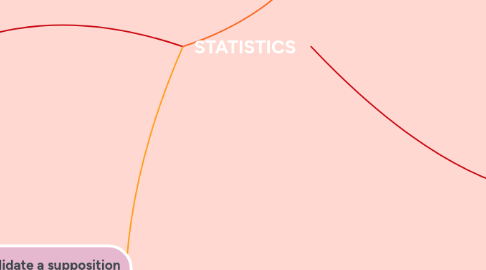STATISTICS
by Leny Rose Nabalitan Basanta

1. -collection of methods for planning experiments, obtaining data, and then organising, summarizing,presenting, analyzing, interpreting and draw conclusions.
2. Inferential Statistics
3. Generating from samples to populations using probabilities.
4. Seek an approximate calculation about feature of a population
5. Seeks to validate a supposition based on limited evidence, inferred using a sample from the population.
6. Hypothesis Testing
7. Parameter Estimates
8. What is happening is due to chance (no relationship)
9. One number, the same for the population as for sample.
10. Null Hypothesis
11. Point Estimate
12. Not Chance, something is going on .
13. Range of numbers including the point and number on either side.
14. Alternative Hypothesis
15. Interval Estimate
16. Levels of Measurement
17. Interval
18. Ordinal
19. Categorizes, labels, classifies, names or identifies types or kinds of things that can't be quantified.
20. Nominal
21. Provides rank , order of objects or individuals from first to last or best to worst.
22. Includes rank, ordering and this additional characteristic: equal intervals or distances between adjacent numbers.
23. Collection, organization, summarization and presentation of data.
24. Descriptive Statistics
25. Measures of Central Tendency
26. Measures of Variability
27. Mean
28. Range
29. Mode
30. Mode
31. Standard Deviation
32. Median
33. Ratio
34. Includes rank, ordering, equal intervals and this additional characteristic: an absolute zero.
35. Is found by adding all numbers in a data set and then by dividing by the number of values in the set
36. Identifies the category or score that occurs the most frequently within the distribution data
37. Is the middle number in an ordered data set
38. One of the most basic measures of variation. It is the difference between the smallest data item in the set and the largest.
39. A value that appears most often in a set of data values
40. Is the average amount by which scores differ from the mean.


